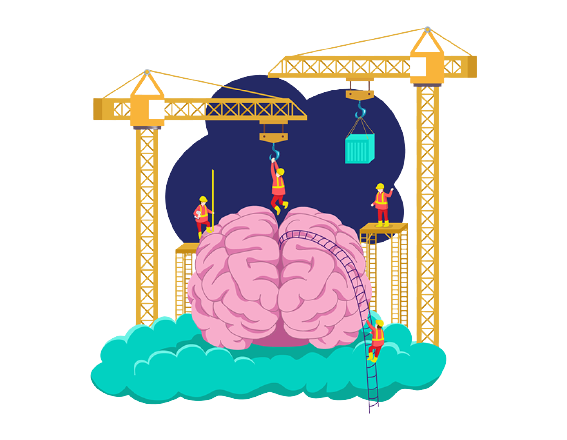Brain plasticity is the extraordinary power that enables the brain to modify its makeup and operate based on the changes within the body or surrounding environment. The modifications happen through the cortex which is the outer layer of the brain. Brain plasticity affects the ability to learn and alter our behavior and more so during childhood. It gives us an idea why children learn fast and why what they learn remains a fundamental lifelong property of the brain.
Human beings have a unique capability to learn new things and adjust to new environments. Nonetheless, certain challenges need to be overcome to design shifts that can improve the quality of life in a broader sense. One challenge to attaining this goal is that learning is quite particular, so we need to be aware of our own learning process in order not to limit the potential benefits of learning in our day-to-day life.
The ability to learn, acquire new skills, and change behavior as a result of experience is critical in ensuring human beings’ survival. Our ability to learn is one variable we can use to explain our success. Learning is broad and complex and varies from one individual to the other.

Our Learning Process
Learners sometimes reach to a point where they feel education has become a challenge, and they can’t continue. The obstacles can be due to stress, depression, and are signs of a fixed mindset. What is important is to understand how we can always keep on challenging our current state of mind in order to be in a constant state of innovation, in which we are proactively aiming for tasks that stimulate us and promote growth. Keep in mind how learning changes the structure of the brain and appreciate that the implications are far-reaching.
An example is where learning can be modified to accommodate methods that are more productive towards changing the brain. Additionally, natural inclinations towards some learning techniques can be uncovered when you explore the brain structure. If learning changes the brain, then it is possible to induce the changes to make it more compliant with the changes.
The ability of the brain to adapt (brain plasticity) occurs in two distinct ways. It could be through an increase in the number of synapses between neurons or through a shift in the internal structure of the neurons. Short-term memory can quickly change into long-term memory which is a measure of the plasticity of the brain. If the information survives then, it becomes more permanent, a phenomenon which is associated with biochemical and anatomical changes.
The human brain can reorganize itself by making new connections between the brain cells. Due to genetics, existing environment and personal actions play a crucial role in brain plasticity. Therefore, we must understand how neuroplasticity occurs in the brain to see how it affects our ability to learn.
Neuroplasticity occurs:
- At the start of life when the brain is reorganising itself to mature
- When you incur brain injury to make up for lost brain functions and utilise the remaining functions
- In adulthood when we learn a new thing and keep it in our memory
“Our brains renew themselves throughout life to an extent previously thought not possible”
Michael S. Gazzaniga – psychologist, neuroscientist and professor.
Source: https://smartminds.io/brain-plasticity-learning-affects-brain/

